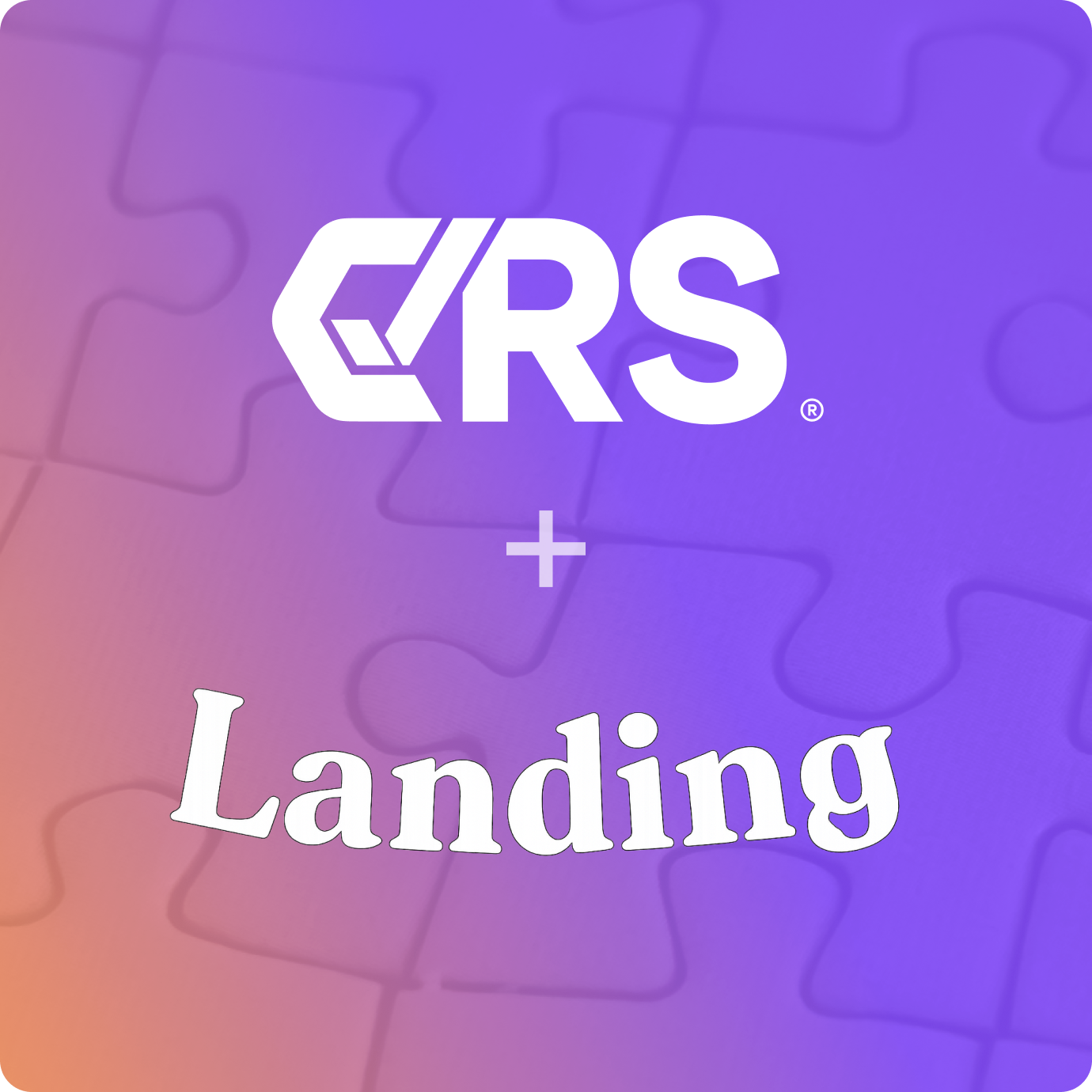Traditional credit data is valued for its extensive history and analysis, making it a powerful tool for risk assessment. However, it’s worth noting that consumer permission data offers new insights and can complement traditional credit data to provide, at times, a more complete picture of a person’s financial situation.
Limitations of Traditional Credit
Traditional credit data for consumers primarily focuses on credit card usage, loan repayments, and mortgage history. Though this covers a lot of ground, it can also limit insights into overall financial behavior, particularly if they have a thin credit file or no credit history at all.
Exclusion of certain populations
Traditional credit data may not adequately capture the creditworthiness of individuals who are new to the credit system, such as young adults or recent immigrants. This exclusion can make it difficult for them to access credit or receive favorable terms.
Insufficient representation of financial responsibility
Traditional credit data does not consider various indicators of financial responsibility, such as utility and telecommunications payments or rental history. As a result, individuals who consistently meet these obligations may not receive proper recognition for their positive financial behavior.
Inability to assess income and cash flow
Traditional credit data does not provide explicit information about an individual’s income or cash flow. Lenders often rely on self-reported income during the application process, which may not always be accurate or verifiable. This limitation can impact the lender’s ability to assess the borrower’s repayment capacity accurately. Cue: open banking data. Something that Nova Credit has made a big bet on in recent years, CEO Misha Esipov noted at Fintech Nexus. Their Cash Atlas™ product makes “open banking data easy-to-use for purposes of credit risk assessment.”
Limited response to changing circumstances
Traditional credit data may not reflect recent changes in an individual’s financial situation. For example, it may not account for a sudden loss of employment or significant income fluctuations. This can hinder the lender’s ability to make up-to-date and relevant credit decisions.
In light of these limitations, credit reporting agencies, credit bureaus, lenders, and other financial organizations have started to explore alternative credit data to provide a more comprehensive view of creditworthiness. Alternative credit data helps address some of the gaps and limitations associated with traditional credit data, enabling an expanded assessment of creditworthiness for a broader population. Cutting-edge organizations are actually already incorporating it into their flows.
Alternative Credit Data
Alternative credit data refers to non-traditional sources of information used by lenders and credit bureaus to assess the creditworthiness of individuals who have limited or no credit history. Traditional credit data primarily relies on information such as credit card usage, loan repayments, and mortgage history. However, alternative credit data helps to supplement or provide an alternative to this traditional data by considering additional factors that can provide insights into a person’s financial behavior and repayment capabilities.
Alternative credit data can include a wide range of information, such as:
Utility and telecommunications payments
Payment history for utilities like electricity, water, gas, and telecommunications services (phone, internet, cable) can be used to assess creditworthiness.
Rental payment history
Information on rental payments, typically obtained from property management companies or rental platforms, can provide insights into an individual’s reliability in meeting their financial obligations.
Bank account activity
Analysis of bank account transactions and balances can provide an understanding of an individual’s cash flow and financial management habits.
Employment history
Consistency and length of employment can be indicative of stability and a borrower’s ability to generate income.
Education and professional certifications
Certain lenders may consider an individual’s educational background or professional certifications as factors to evaluate creditworthiness.
Public records
Public records, such as bankruptcies, tax liens, and civil judgments, can be taken into account to assess an individual’s financial risk.
CRS partners with LexisNexis and other vendors to deliver easy-to-use, customizable public records data. Talk to our credit experts to learn more about adding alternative data to your mix.
Advantages of Alternative Credit
The primary benefit of utilizing consumer permission data is expanding the population – to young adults or immigrants, for example – that can be qualified and approved for credit and potentially offering better rates. It helps expand access to credit for those who may not have traditional credit profiles, enabling them to build credit and access financial services. In fact, Nova Credit notes that they helped improve American Express’s approval rate for the “new to country” segment by 500%.
Challenges of Alternative Credit
This is no easy task. While traditional credit has a long history of usage and analysis, alternative credit can be more of a wild, wild West. An expansive list of data sources and data formats can complicate things. Implementing consumer permission data requires expertise in user experience, digital workflows, credit risk analytics, and compliance with fair lending laws.
“To be able to tap into a tremendous amount of data that sits outside the traditional credit reporting space, you have to understand how to interact with user experience. You have to understand how to think about the tradeoff between a digital workflow and credit risk analytics.” – Misha Esipov, Nova Credit










